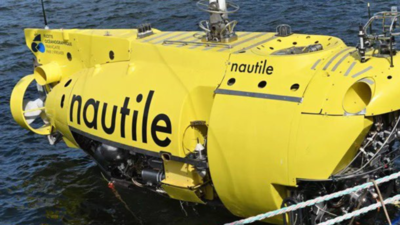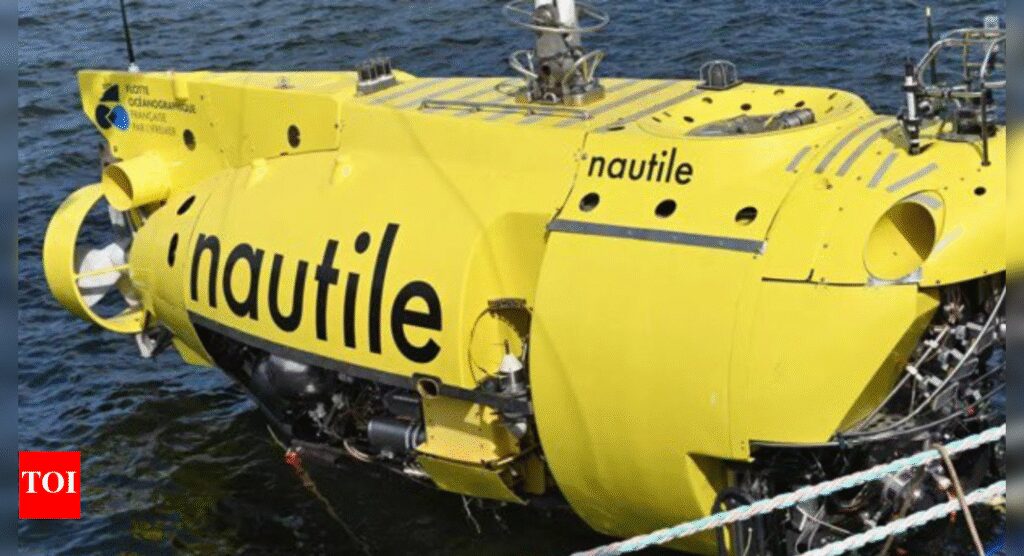
NEW DELHI: In a landmark achievement, India has successfully sent its aquanauts to depths of over 5,000 metres in the North Atlantic Ocean.The mission marked a major step towards the country’s Deep Ocean Mission, also known as Samudrayaan. The feat comes just weeks after Shubhanshu Shukla became the first Indian to reach the International Space Station.The expedition was carried out in collaboration with France and involved two Indian aquanauts who completed separate deep dives in the French submersible Nautile earlier this month. On 5 August, Raju Ramesh, a scientist at the National Institute of Ocean Technology (NIOT), descended 4,025 metres. A record-setting 5,002-metre dive by retired Navy Commander Jatinder Pal Singh the next day followed this.Union Earth Sciences Minister Jitendra Singh said, “We have an Indian going into space and an Indian going into the deep ocean almost simultaneously.” He called it part of India’s “double conquest” in underexplored frontiers, which he believes will contribute to the country’s economic growth.The minister added that PM Narendra Modi has shown a strong interest in the Deep Ocean Mission and blue economy.The Deep Ocean Mission, cleared by the Union Cabinet in 2021, covers crewed and uncrewed submersibles, deep-sea mining technology, biodiversity research and ocean-based energy projects. It aims to explore and utilise resources within India’s Exclusive Economic Zone and continental shelf.
Matsya 6000
M Ravichandran, Secretary in the ministry of Earth sciences, said the Deep Ocean Mission was carried out to gain firsthand experience before India tries the same with its own submersible, Matsya 6000. “One of the verticals of the DOM aims to develop technology to harness non-living ocean resources and a submersible which can carry humans to the deepest parts of the ocean for exploration,” he said.The Matsya 6000, likely to be ready by December 2027, will carry three people to depths of 6,000 metres inside a titanium alloy sphere. It will have scientific instruments, communication systems and safety features with emergency endurance of up to 96 hours.











